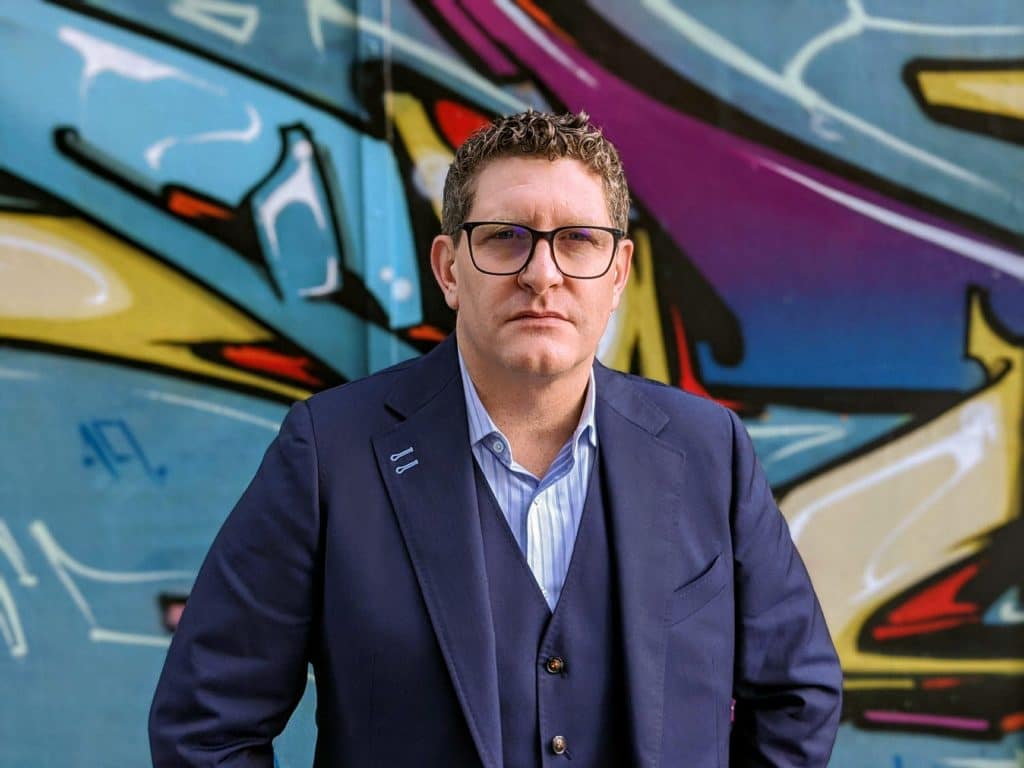
[Read part 1 of this series here.]
In their 2019 Harvard Business Review Article, Darko Lovric and Greig Schneider outlined six types of Chief Innovation Officers (CINO) and expressed that because the role is relatively new, it is still in its infancy.
As a result, both the responsibilities and approach to the role vary based on the business challenges the organization is looking to solve. So, what does this mean for a VP or Director that is working in innovation and R&D? Especially if they are tasked with informing and educating the CINO on cultural opportunities and threats to the business?
This is the second in a series of six posts, where we build off the HBR article referenced above. We will look at the six main types of Chief Innovation Officers identified by Lovric and Schneider but also, outline the different ways an AI anthropological approach can complement your CINO’s unique personality and skill set.
Chief Innovation Officer #2:

The Engineer
Lovric and Schneider identify the Engineer as someone who “tinker(s) with ideas and technology and try(s) things out until something sticks.” This is a Chief Innovation Officer who is constantly looking at what they have available and working to make it a little bit better.
This is your roll-up-the-sleeves Chief Innovation Officer. They wake up in the morning, and as Lovric and Schneider write “are passionate about what is possible, impatient with what is not, and bursting with ideas”.
The challenge is that while they are programmed to solve complex problems, they can struggle with focus and often want to explore every new opportunity or chase down every new product. As a result, Lovric and Schneider highlight that this type of CINO thrives when they are given a way to evaluate the feasibility and attractiveness of their solutions through prototyping and tests with real customers. Of course, prototyping is very expensive. So, solutions that can validate the feasibility of an idea in the early stages of front-end innovation are key.
This is where an agile, AI anthropological approach can be critical.
When dealing with an “Engineer”, you are dealing with someone who doesn’t want to get bogged down in theory, and who wants to build something right now. The last thing they want to do is wait 5 months for research, even though research at the beginning of the Design Thinking Process is critical to assure that you are starting out on the right path.
Thankfully, advancements in AI Anthropology mean that critical, and foundational observational ethnographic research can be done in both an agile and efficient manner.
But before we talk about the solution, let’s talk about what is likely frustrating the “Engineer” when you suggest research early in your innovation process.
How traditional research has limited application to Design thinking.
When you begin the Design Thinking process, the first step is to develop a deep sense of empathy towards the consumer you are designing for. You need insight into what they believe and what kinds of implicit meanings they hold true in the context of your business.
Often, Insight, R&D and Front-End Innovation teams will leverage social science-based methodologies like ethnographic research. But, while ethnographies can provide rich insight into consumers, they pose three critical problems that can drive your Chief Innovation Officer crazy:
- It takes forever. It is a long process. And your CINO feels like time is being lost.
- The sample size is often small. And it is difficult to know if you have analyzed a representative sample of the population. So, your CINO isn’t confident in findings derived from 20-30 people and still wants to just trust their gut and get to work.
- It is expensive. So, your CINO questions whether research expenses should be used at the beginning of the process, or, if they should save the money for when they have something tangible to test.
Much like an infield ethnography, using AI to conduct Big Data Ethnography allows you to explore the culture of the category or product universe that is relevant to your product.
By analyzing and comparing cultures, you can start to identify the dominant emotional needs. Big Data Ethnography allows you to study hundreds of thousands (if not millions) of consumers to identify the dominant unspoken meanings that shape their understanding of a topic or trend.
But it also highlights the dominant motivations, values, attitudes and the fears that give you a rich and empathetic understanding of what they are trying to achieve in life.
So instead of waiting months to start your process, you can build a detailed understanding of the consumer’s needs in a few days.
What does this mean for you?
It means you can go to your highly eager and action-oriented CINO and implement a technology-enabled research program that will make allow you to accelerate the Design Thinking process. Because when you ask for time to assure that you have a consumer-led perspective on the business problem and they ask how long it’s going to take, you can say “5 days tops”.
Plus the research will further validate the Chief Innovation Officer’s hypothesis and importantly, always identify something new or something unexpected.
Conclusion:
A few years ago, we had a meeting with an EVP of Insight at a large appliance company. They were looking at the role of IOT in the refrigerator space.
The CINO was upset because the competition had brought a solution to market that they had “just sitting there on the shelf”. In order to course correct the CINO wanted to push a similar solution into market, on a lower tier line of fridges to “democratize” the solution and make it more affordable, and more mainstream.
But our EVP was worried that just because they “could, didn’t mean they should”.
In a 5-day sprint, we were able to do a detailed cultural examination of refrigerators in the context of smart technology.
Not only were we able to show that this functionality would not be relevant to the lower tier product line, we were actually able to show that the current, in-market solution was not solving the core consumer-led pain point. Sure, it was cool at CES but it wasn’t as relevant as another insight that was also “just sitting on the self”.
Seeing both the consumer-led problem and the opportunity to put something truly new into market, our “Engineer” Chief Innovation Officer pivoted.
NEXT UP:
Chief Innovation Officer # 3: The Investor
